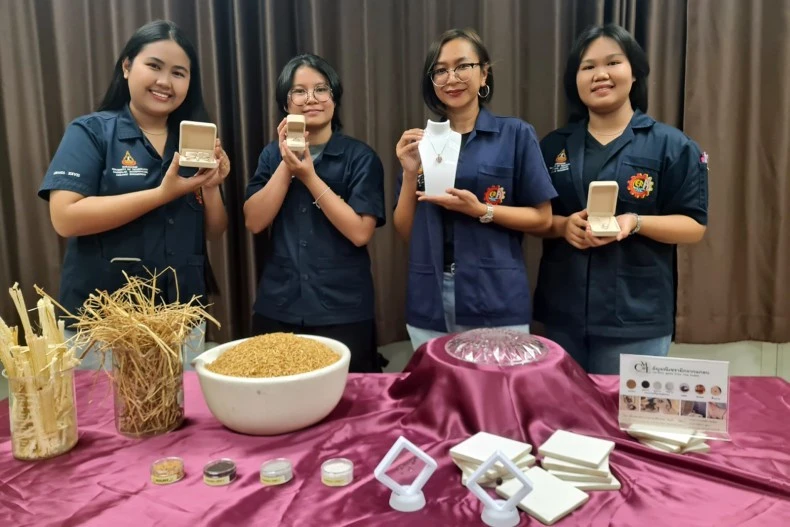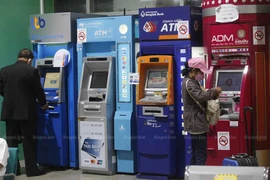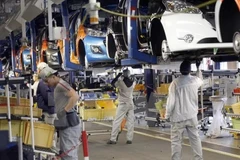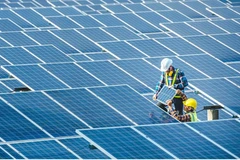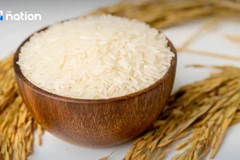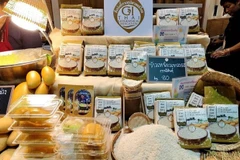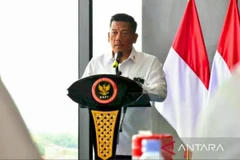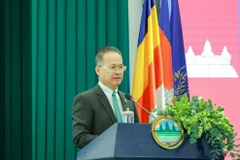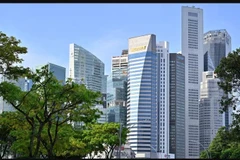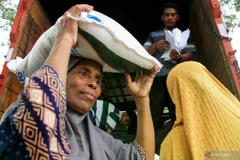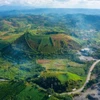Bangkok (VNA) – A research team from the Suranaree University of Technology (SUT) in Thailand’s Nakhon Ratchasima province has affirmed their creation of ceramic gemstones from agricultural waste and priced 6,000 times higher than the original materials.
The gemstones were developed by senior students at the School of Ceramic Engineering under SUT’s Institute of Engineering, namely Parnpailin Jaichuei, Chatcha Chuma, and Saowalak Boonpakdi.
Saowalak said their research was inspired by Thailand’s reputation as an agricultural land, with rice and sugarcane being the main contributors.
Agricultural products produced in the country each year result in agricultural waste, such as straw, husks, and bagasse, she said. As most of them cannot be reused to their full potential, the waste ends up being ploughed up and over and turned into fertiliser. Worse, some are burnt for disposal, causing air pollution, mainly the PM2.5 fine particles that harm people and the environment.
This concern led to the team’s research on the waste’s properties, using knowledge of ceramic engineering, she said. Initial analysis found a high level of silica in husks and other waste. Since silica is the main element of natural gemstones, the student team decided to turn straw, husks, and bagasse into ceramic gemstones.
Saowalak said the gems’ colour mirrored the material it came from. It was a size similar to that of natural peers, making it durable and suitable for industrial use.
Moreover, it helped add value to the waste, as four-baht, or one-kilogramme waste can be made into 20 gemstones valued at 24,000 THB in total./.
